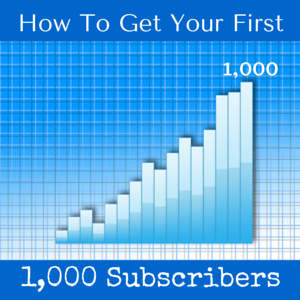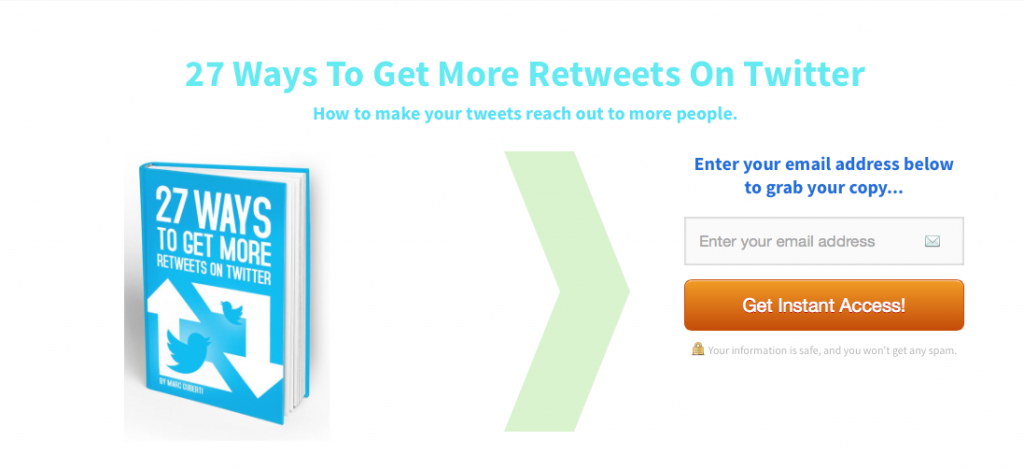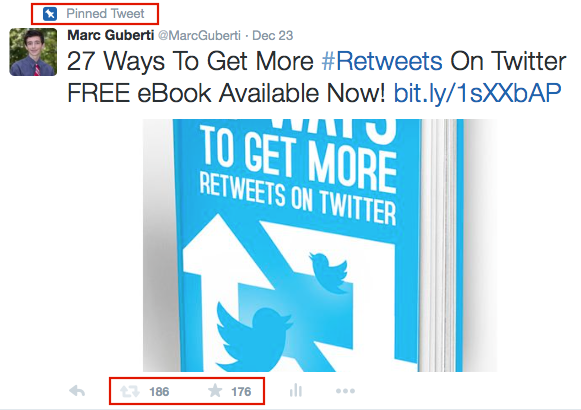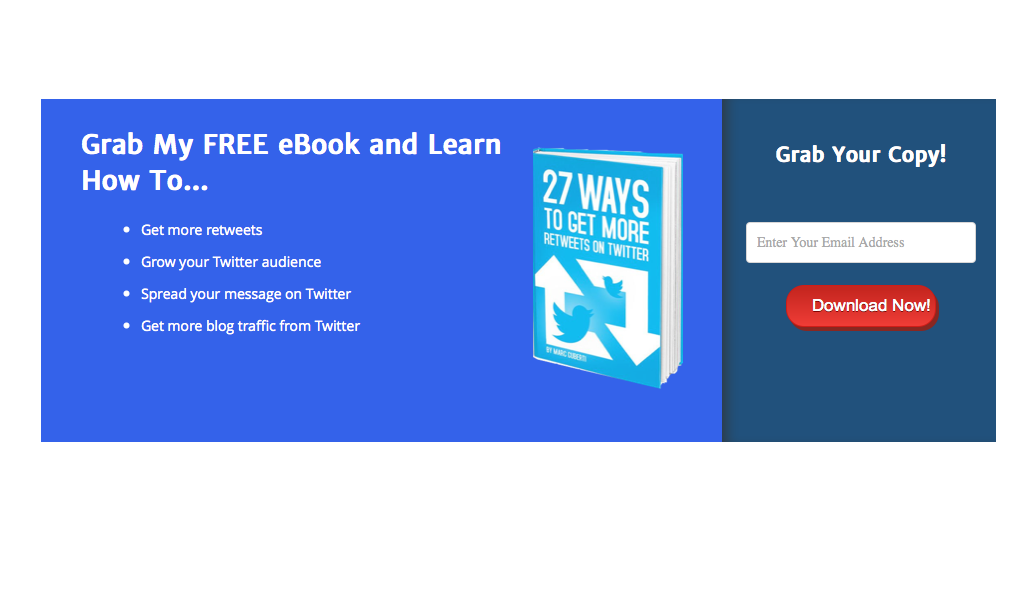If you ask a blogger about his/her goals, it won’t take long before you hear “get more blog traffic” as one of those goals.
It takes a considerable amount of work to boost your blog traffic, especially in the beginning. The work is worth it in the long-term, but you can take some shortcuts along the way. These shortcuts will cut down on your workload so you can commit more time towards other priorities.
Even then, you may still find yourself committing a significant amount of time towards promotion. However, certain tasks can be reduced or even eliminated.
Create Evergreen Posting Cycles
If you’re the person continuously scheduling your social media posts, put this as Priority #1. Scheduling your social media posts seems like a priority, but with so much automation available, it’s more harm than good to continue scheduling your content.
Instead, you need to create an evergreen posting cycle. That way, all of your social media posts sequentially get posted over and over again in an infinite loop. I only create new tweets 2-3 times per year when I want to incorporate more of my new content into my current evergreen posting cycle.
I don’t have to constantly copy, paste, and write social media posts over and over again. This is the beauty of automation.
For a while, I used HootSuite’s bulk uploader which allowed me to schedule over 100 tweets in just six clicks. Since then, I now use ViralTag which may be more expensive, but it has evergreen posting cycles for Twitter, Facebook, Pinterest, and many others.
I set up these evergreen cycles once and forget about them. The rest takes care of itself.
Republish Your Old Content
It’s great to publish new content. In fact, I write a new blog post every day. However, you can republish your older content to save time.
The idea behind this tactic is that instead of writing a 1,000 word blog post (or more depending on your preference) you update an existing piece of content. Preferably, update one of your top pieces of content.
By updating your top content, you’ll get search engines to notice and point more traffic to that content. You can also use successful content to drive more traffic to your new and emerging content.
Some bloggers have such massive libraries of content that all they do is republish and hone their existing content. You may not be at that point yet, nor may you want to implement that approach, but it’s worth considering.
These same bloggers that only update their new content frequently write guest posts to drive more traffic to their content. These bloggers often publish their best content on other people’s blogs while still providing immense value on their blogs.
Delegate Tasks
I always look for more ways to delegate tasks within my business. The more tasks you can delegate, the more of your time you can commit towards other areas.
And not all tasks are created equal.
You only perform certain tasks because they are necessary for your business. These tasks generate no revenue but help keep everything in place. Scheduling new content, editing the content, growing your social media audience, and other tasks fit the list.
You need to delegate these types of tasks and focus on what only you can do (i.e. creating videos for a training course).
Some of these tasks may be difficult to hand over. I know it was difficult for me to hand over my Twitter growth to someone else. However, that decision was well worth it and allowed me to pursue other ventures.
If I had to continue growing my Twitter audience on my own, there’s no way I would have hosted the Breakthrough Success Podcast or any virtual summits.
Delegating more tasks opens the doors to more opportunities, and more importantly, time to think. You can think about how you’ll expand instead of just doing.
Taking 10-15 minutes to do nothing but think of ways to expand is one of the most powerful ways to grow your business. It’s similar to creating an outline for each blog post you write. You know that the initial time it takes to create the outline will save you massive time and result in a higher value blog post.
Think of the 10-15 minute daily “Thinking Time” as writing a blog post outline for the longest piece of content you’ll ever write. It’ll definitely come out better with the initial Thinking Time.
Craft Email Rubrics
Most people spend an extraordinary amount of time in their inboxes. It seems like for every email we reply to, three new emails come to replace it.
Your inbox is a crowdsourced to-do list which, without moderation, will pull you away from what you’re actually supposed to do.
You may also send emails to reach out to more people. While this can be delegated, many people prefer to do the outreach themselves or at least in the beginning.
Eventually you’ll find yourself writing the same kinds of emails and answering the same questions over and over again. Understanding this principle is essential for getting out of your inbox quicker.
Instead of writing a different email each time, begin crafting email rubrics. Keep those emails in an easy to access folder on your computer.
The next time you respond to the same question here’s what you should do:
Head over to the email rubrics folder
Copy the appropriate email rubric
Paste the rubric into the email
Include the person’s name
Send
This will save you a lot of time. Instead of writing the email word-for-word over and over again, you can click a few buttons and then the exact email shows up. You can also apply this for outreach emails and any emails you find yourself sending often.
As bloggers, we will get the same types of emails. Developing rubrics for our responses will streamline the process so we can respond to and send more emails in a shorter period of time.
In Conclusion
Blogging take a lot of work. You have to create, promote, and monetize your content. None of those three key factors can be missing.
However, there are ways to streamline the process and cut through the noise. Delegation will help you streamline any process, but you should consider automation first. There is no reason to delegate a task that can be easily automated.
Regardless of how much time you shave off from your process, commit to implementing at least one tactic from this blog post. Whether it’s contacting potential employees on a site like UpWork or getting started with ViralTag, get in the habit of taking action based on what you read.
What were your thoughts on these tactics for getting more blog traffic with less work? Do you have any additional tactics for us? Do you have a question for me? Sound off in the comments section below.











